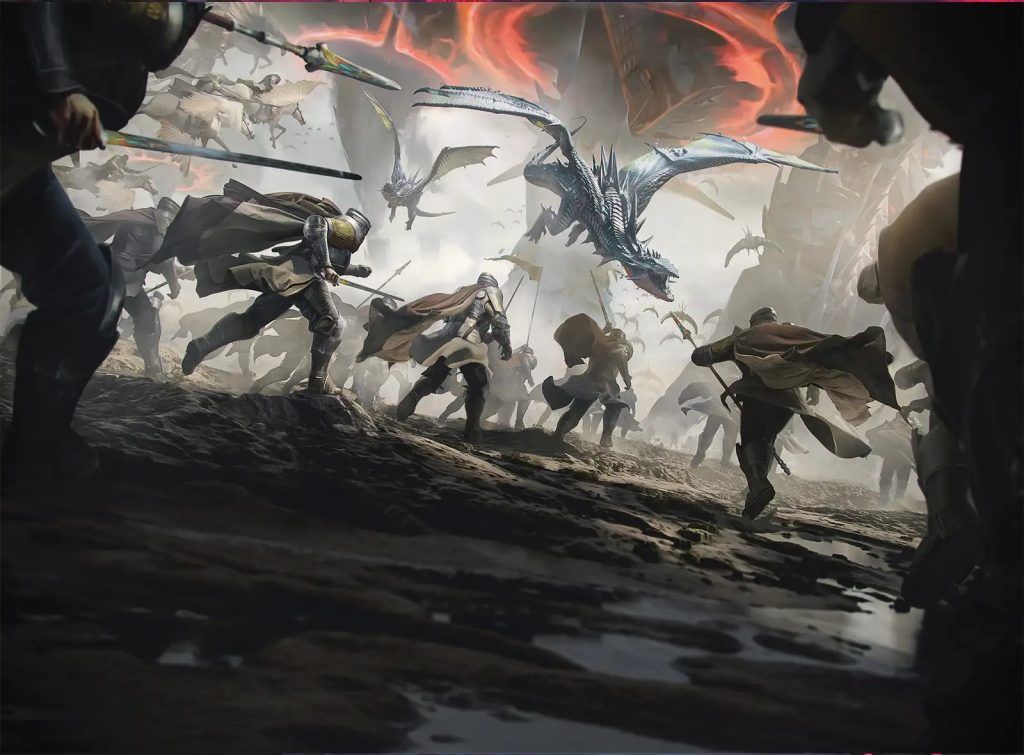
Playtesting is a crucial aspect of Magic: The Gathering (MTG) for several reasons. First and foremost, it helps identify and rectify any issues or imbalances within the game. Magic is a complex and evolving card game, and new card sets are constantly introduced.
In the R&D aspect, playtesting allows developers to assess the impact of new cards on the existing metagame and detect any unintended interactions or overpowered cards. This process is vital for maintaining the game’s competitive integrity and ensuring a healthy and dynamic environment for players.
Secondly, playtesting is essential for individual players and teams looking to refine their decks and strategies. It allows players to gain a deeper understanding of their deck’s strengths and weaknesses, helping them make informed decisions about card choices and game plans. Through rigorous testing, players can fine-tune their decks to perform better in various matchups and metagames, ultimately improving their competitive performance.
Moreover, playtesting fosters creativity and innovation in the MTG community. It encourages players to experiment with different card combinations and strategies, leading to the discovery of new and unique deck archetypes. This not only keeps the game fresh and exciting but also promotes diversity in the competitive scene, preventing it from becoming stale.
Lastly, playtesting serves as a valuable learning tool for players, helping them develop their analytical and decision-making skills. It allows them to practice and refine their gameplay, from mulligan decisions to in-game choices, which can greatly enhance their overall MTG skills.
In summary, playtesting is an indispensable aspect of Magic: The Gathering, ensuring a balanced and competitive game, promoting creativity, and helping players improve their strategic and tactical abilities.
